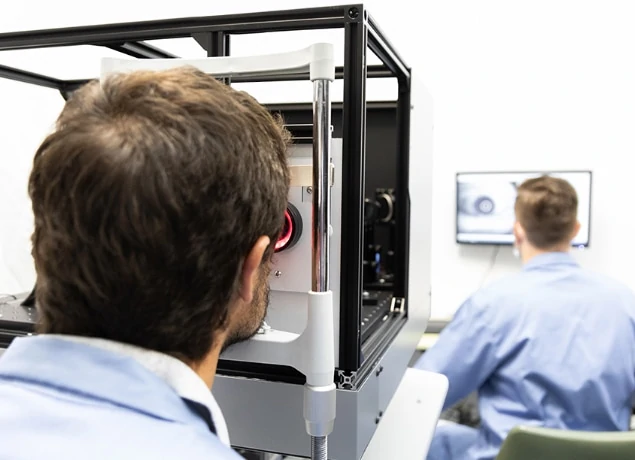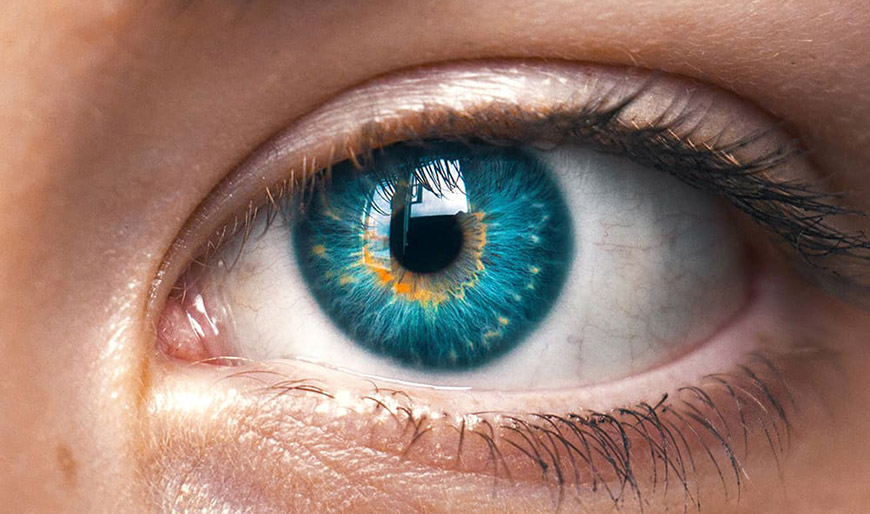The study of the ocular aberrations is an important field concerned in ophthalmology due to the great amount of visual quality information that we can obtain from it.
Carolina Belda
Optical Engineer
The study of the ocular aberrations is an important field concerned in ophthalmology, due to the great amount of visual quality information that we can obtain from it. This fact has a direct impact on various applications such as refractive surgery, intraocular lens customization, or for understanding how affect some corneal disease on the patient’s vision.
In Wooptix we approach for our high-resolution sensor to obtain the aberrated wavefront outcome from the eye, based on our Wavefront Phase Imaging (WFPI) technique. The clear advantage that this sensor has is its resolution, which isn’t limited by a set of microlenses as the widely sensor used in this sector. For this reason, we have 10,000 times more measuring points to reconstruct the real wavefront using the entire patient’s pupil, so we can analyze patterns of high frequency that are invisible to the other sensors. Likewise, we can appreciate small details that since the moment hasn’t been discovered and would allow the characterization, monitoring or diagnosis of ocular diseases or conditions such as corneal ectasias, guarantee the appropriate position of an intraocular lens after the surgery, or the correct scarring of any kind of keratitis or traumatis m.

As the WFPI is based in the geometric propagation of the light, any small structure, particle, or traumatism that induce a deviation in the expected ray path will turn visible to our sensor inducing their proper alterations in the whole phase. So, to analyse the high-order aberrations maps is as important as the low-order map, because the last can camouflage information that gives the key in the patient visual discomfort, which impact directly in the patient’s quality life. Thanks to that, we can achieve the shape, centering and position of an Intraocular Lens once it has been implanted in the patient already, being able to obtain its phase without resorting to adaptative optics or other kind of simulations and which profile appears perfectly reconstructed in the high-pass filter map.
Other possible application of WFPI is in the diagnosis or monitoring corneal diseases or dystrophies, like keratoconus and its treatment with Intracorneal Rings because the ocular phase bounded through the segments will be measured without the influence of the ray deviation induced by the rings as high as Hartmann-Shack sensor. So, this allows the monitoring of the treatment pre and post-surgery and the study of the patient’s visual quality.
At last, few years ago has reached the interest of aberrometry in the refractive surgery field for customization the surgery regarding with the patient’s phase. A part of the higher resolution that offers the WFPI versus other sensors for this application, it allows the characterization of the laser impact zone with the high-order aberrations and its high-pass filter as the flap status after the surgery.








